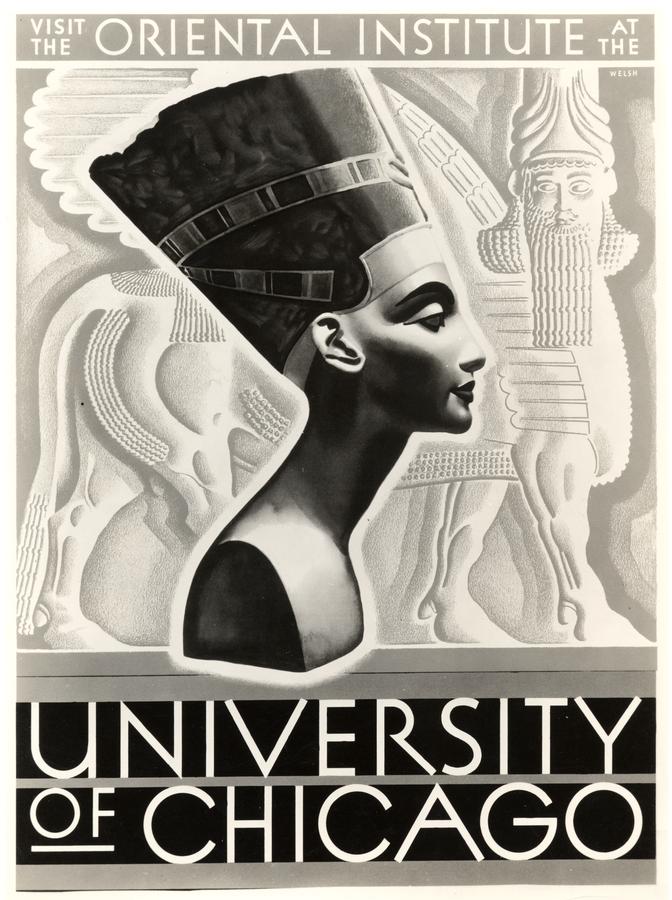SHARON COHEN | June 4, 2011 09:56 AM EST |
CHICAGO — It was a monumental project with modest beginnings: a small group of scholars and some index cards. The plan was to explore a long-dead language that would reveal an ancient world of chariots and concubines, royal decrees and diaries – and omens that came from the heavens and sheep livers.
The year: 1921. The place: The University of Chicago. The project: Assembling an Assyrian dictionary based on words recorded on clay or stone tablets unearthed from ruins in Iraq, Iran, Syria and Turkey, written in a language that hadn't been uttered for more than 2,000 years. The scholars knew the project would take a long time. No one quite expected how very long.
Decades passed. The team grew. Scholars arrived from Vienna, Paris, Copenhagen, Jerusalem, Berlin, Helsinki, Baghdad and London, joining others from the U.S. and Canada. One generation gave way to the next, one century faded into the next. Some signed on early in their careers; they were still toiling away at retirement. The work was slow, sometimes frustrating and decidedly low-tech: Typewriters. Mimeograph machines. And index cards. Eventually, nearly 2 million of them.
And now, 90 years later, a finale. The Chicago Assyrian Dictionary is now officially complete – 21 volumes of Akkadian, a Semitic language (with several dialects, including Assyrian) that endured for 2,500 years. The project is more encyclopedia than glossary, offering a window into the ancient society of Mesopotamia, now modern-day Iraq, through every conceivable form of writing: love letters, recipes, tax records, medical prescriptions, astronomical observations, religious texts, contracts, epics, poems and more...
See the chronicle of news about the Oriental Institute.





 Stumble It!
Stumble It!


No comments:
Post a Comment